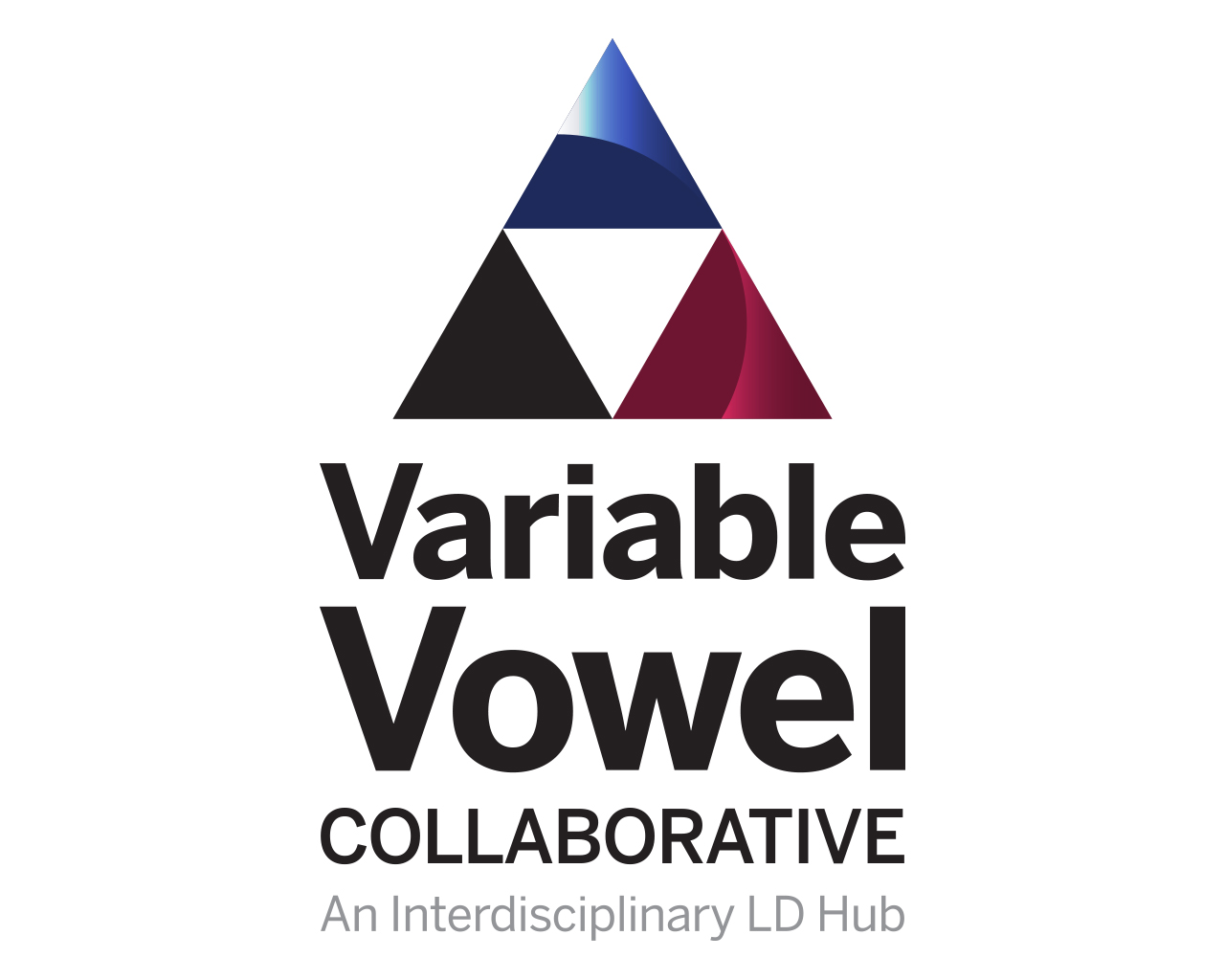Variable Vowel Collaborative

English spelling is described as quasi-regular, meaning a system in which the relationship between input (i.e., orthography) and output (i.e., phonology) is systematic, but with many inconsistencies (often referred to as exceptions). These inconsistencies often center around the pronunciation of vowels, which can vary as a function of letter position and the neighborhood of surrounding letters. For instance, as children learn to read words with the vowel grapheme “ea,” as in head and meat, they will become sensitive to the fact that the final consonant influences the vowel pronunciation such that "ea" is more likely to be pronounced like “head” when it occurs before “d” than when it occurs before other consonants. This is an example of sensitivity to the “consonantal context”, that is the influence neighboring consonants have on vowel pronunciation, which is strongly correlated with word reading skill in children. Being able to understand and use the consonantal context to pronounce words is an example of a “context-dependent” phonics relationship.
These “context-dependent” phonics relationships are at the center of the Variable Vowel Collaborative, a new Learning Disabilities Innovation Hub funded by the National Institute of Child Health and Human Development. The goal of the Hub is to help fill in the gaps of our collective knowledge about how young readers acquire these context-dependent sound-to-spelling relationships and why these relationships are easier for some children to acquire than others. The findings from this study will be used to inform word reading instruction and will hopefully lead to better educational practices and offer unique insight into literacy acquisition by children with significant reading difficulties. We will work with students to explore the influence that exposure to different vowel pronunciation ratios in a training corpus of words and different types of word feedback (onset rime or grapheme-phoneme connections) have on subsequent vowel pronunciations embedded within nonwords (e.g, chead).


